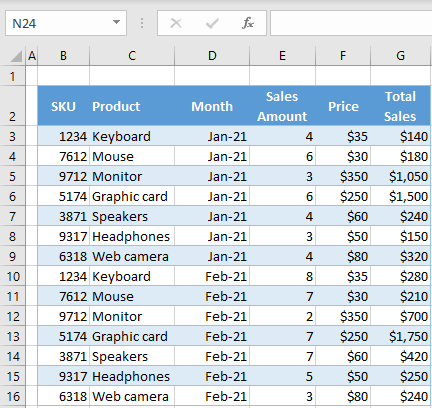Link Excel Sheets Effortlessly: A Beginner's Guide

In today's fast-paced business environment, managing large datasets efficiently is crucial. Microsoft Excel, a powerful tool widely used for data analysis and visualization, offers a feature that can greatly enhance your productivity: linking multiple sheets. Whether you're managing financial records, compiling data from various departments, or just trying to keep your personal budget in sync, learning how to link Excel sheets can be a game-changer. This guide is designed for beginners who want to understand the basics of sheet linking, providing step-by-step instructions to help you master this skill.
Understanding the Basics

Before we dive into the practical steps, let's clarify some fundamental concepts:
- Workbook: An Excel file, which can contain multiple sheets.
- Sheet: A single page or tab within a workbook where you can enter, analyze, or view data.
- Cell Reference: Each cell in Excel has a unique address, like B2 or C14, which can be used to reference data from one sheet to another.
Linking sheets means you can connect data from different sheets in the same workbook or even from different workbooks. This functionality ensures that any update in one location will automatically reflect in all linked locations, saving time and reducing the risk of errors in data handling.
How to Link Sheets Within the Same Workbook


Step-by-Step Process:

- Open your Excel workbook. Ensure that the sheets you wish to link are within the same file.
- Select the cell where you want the data from another sheet to appear.
- Type the equal sign (=) to start a formula.
- Click on the sheet tab you want to link from, and then select the cell or range of cells.
- Press Enter to complete the link. The formula in your selected cell will look something like this:
=Sheet1!A1
- To link multiple cells, drag the fill handle or copy and paste the formula, adjusting the cell references as needed.
✏️ Note: If you delete the linked sheet, all cells linked to it will return an error, so always ensure that the source sheets remain intact.
Example:

| Linked Sheet | Cell Reference | Data |
|---|---|---|
| Sheet1 | A1 | 500 |
| Sheet2 (Linked to Sheet1!A1) | A1 | =Sheet1!A1 (which shows 500) |

Linking Sheets Between Different Workbooks


Steps:

- Have both workbooks open.
- In the destination workbook, select the cell where you want to insert the linked data.
- Type the equal sign (=), then switch to the source workbook using Alt+Tab.
- Navigate to the sheet and cell you want to link, then select it.
- Switch back to the destination workbook. Excel will automatically create a link with the full path:
=[SourceWorkbookName.xlsx]Sheet1!A1
- Press Enter to apply the link.
🔍 Note: When linking between workbooks, ensure that both files are saved in the same location or in a consistent network path to avoid broken links due to file movement.
Advanced Linking Techniques
Dynamic Linking:

- Named Ranges: Use Excel's named ranges to create more readable links, e.g., =TotalSales instead of =B2:B10
- INDIRECT Function: This function allows you to reference a range of cells by constructing a reference string dynamically.
Cross-Worksheet Formulas:

Use Excel functions like SUMIF, VLOOKUP, or INDEX MATCH to perform calculations or lookups across different sheets, which can be particularly useful for summarizing data from various sources.
Best Practices for Linking Sheets

- Use Structured References: Instead of hardcoding cell references, use named ranges or table references for clarity.
- Consistent Workbook Structure: Ensure your workbooks have a similar layout to simplify linking and reduce errors.
- Regular Backup: Keep backups of your workbooks to recover from potential data loss or corruption.
- Minimize Overlinking: Overlinking can slow down Excel; link only when necessary to maintain performance.
In summary, Excel sheet linking transforms how you manage and analyze data by providing real-time updates across sheets or workbooks. This connectivity not only boosts efficiency but also ensures data accuracy across your entire dataset. Whether for financial analysis, inventory management, or project tracking, linking sheets helps maintain consistency and minimize the time spent updating data. Understanding these fundamentals allows you to leverage Excel's capabilities fully, enhancing your productivity and data management skills.
What happens if I rename or move a linked workbook?

+
Renaming or moving a linked workbook can break the links. Excel will prompt you to update the link or show an error if the file is not found in its previous location.
Can I link to an entire column or row from another sheet?

+
Yes, you can. Just type =Sheet1!A:A to link to an entire column or =Sheet1!1:1 for a whole row.
How do I update links in Excel?

+
To update links, go to ‘Data’ > ‘Edit Links’ > ‘Update Values’. This refreshes the data to reflect any changes in the source workbooks.